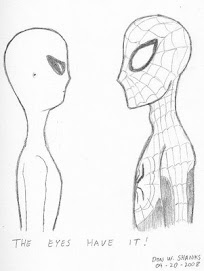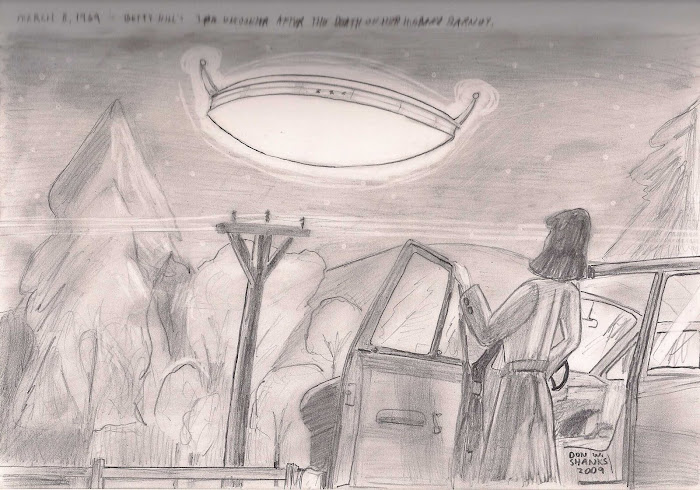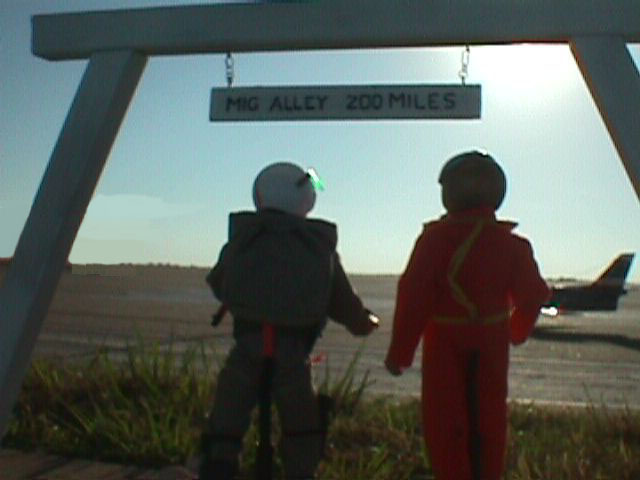
Got this bit of news via the Drudge Report...
US astronomers reported on Wednesday that they have discovered a Earth-size planet that might be habitable, and it is orbiting a nearby star. They also added that they think there could be many more such planets in outer space.
The new planet, discovered by a team of astronomers from the University of California at Santa Cruz, and from the Carnegie Institution of Washington; the new world is orbiting the red dwarf star Gliese 581. Its right smack in the middle of that star's "habitable zone" they said.
The scientists have dubbed this new world Gliese 581g and it has a mass three to four times that of our own Earth, and a orbital period of just under 37 days (i.e. a year on this planet just takes 37 days to complete). It is no doubt a rocky world and it has enough gravity to hold onto an atmosphere. So Says Professor Steven Vogt of U of C, Santa Cruz. The world has a diameter of 1.2 to 1.4 times that of Earth. The gravity would be about the same or slightly higher than Earth "Normal."
Gliese 581 is about 20 light years away from our own solar system. Gliese581g is tidally locked to its star, meaning that one side is aways facing teh star and the other is facing away in perpetual darkness. The scientists gues that teh average surface temperture would be about -24 to +10 degrees Fahrenheit (-31 to -12 degrees Celsius).
More details will be published in the Astrophysical Journal and online at arXiv.org soon.
Quote: "Any emerging life forms on the new planet would have a wide range of stable climates to choose from and to evolve around, depending on their longitude," Vogt said.
In their report, the scientists in fact announce the discovery of two new planets around Gliese 581, bringing the total number of known planets around this star to six.
That is the most yet discovered in a planetary system other than Earth's solar system. End Quote.
UPDATE (September 30, 2010): Found image on Space.com. link posted below in Ref. section.
UPDATE 1 (September 30, 2010): From article posted to comcast.net this date.
"This really is the first Goldilocks planet," said co-discoverer R. Paul Butler of the Carnegie Institution of Washington.
Seems like R. Paul Butler has managed to already name the new world after his wife! Unofficially, its being called: Zarmina's World;
(http://www.comcast.net/articles/news-science/20100929/US.SCI.New.Earths/).
__
Ref
1. Yahoo News/AFP. September 29, 2010.(http://news.yahoo.com/s/afp/20100929/sc_afp/usastronomyplanet_20100929210707).







+033.jpg)
No comments:
Post a Comment